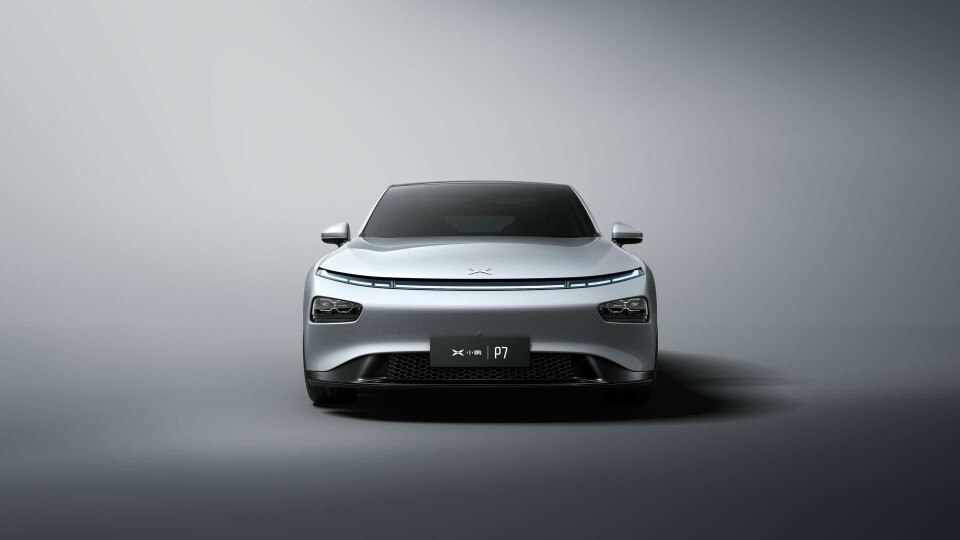
Shanghai 2019: XPeng P7 Coupé
A sporting force awakens in this lightsaber-wielding EV
We last caught up with XPeng at CES in Las Vegas in 2018. There, the Chinese brand was introducing its G3 crossover. Today, in Shanghai, XPeng introduced a companion vehicle, the P7.
?UMBRACO_MACRO macroAlias="RTEImage" image="548373" caption="XPeng G3 Crossover, shown last year at CES" lightbox="1" position="left" size="large-image" ?
An all-electric four-door coupé, the P7 is designed to combine superior handling and performance with a state-of-the-art ‘intelligent vehicle suite’ powered by Xavier, NVIDIA’s AI supercomputing platform, which supports Level 3 autonomous driving features.
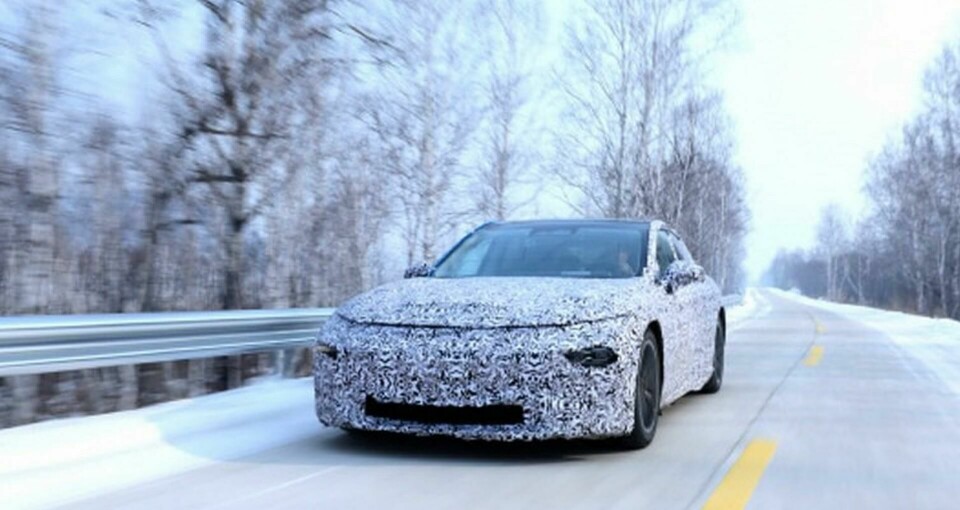
?UMBRACO_MACRO macroAlias="RTEImage" image="548363" caption="The P7 prototype testing earlier this year" lightbox="1" position="left" size="large-image" ?
The P7’s profile is clearly influenced by sports coupés, and we wanted to know more about its design process. XPeng kindly granted us some time in the hurried days before Auto Shanghai, and this is a lightly edited transcript of our discussion about the design of the P7…
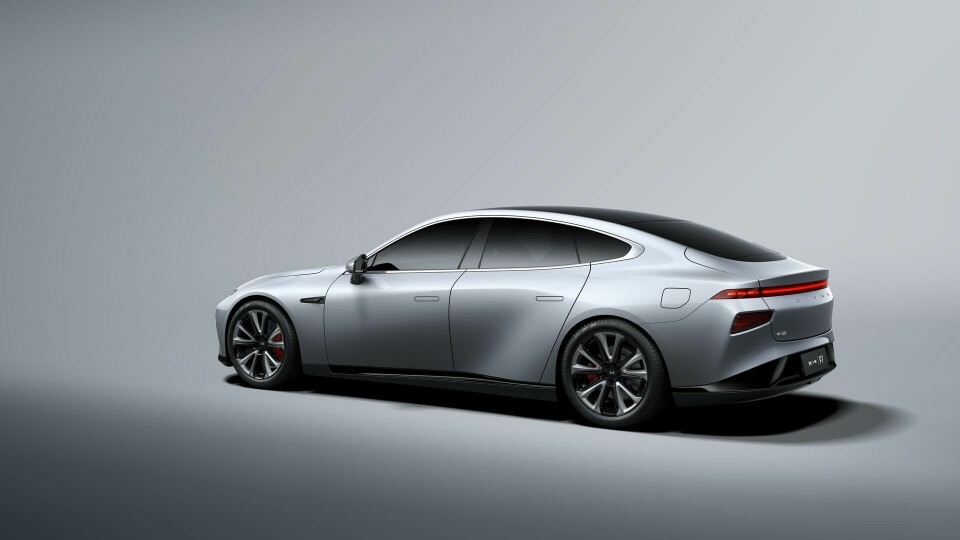
?UMBRACO_MACRO macroAlias="RTEImage" image="548365" caption="Soft, dynamic surfacing and sports car profile highlight the P7’s styling" lightbox="1" position="left" size="large-image" ?
CDN: The P7 is different in expression than the G3 shown at CES last year. What, if any, design features have been carried over from the design of the G3?
XPeng: “The P7 inherits the G3’s spirit of youth and sportiness as well as its futuristic qualities, including the lightsaber-shaped lights.
“The major difference between G3 and the P7 lies in the surface architecture. The G3 expresses simplicity but with a strong sense of order and logic, while the P7’s simplicity expresses powerful natural vigour, energy and sensuality.”
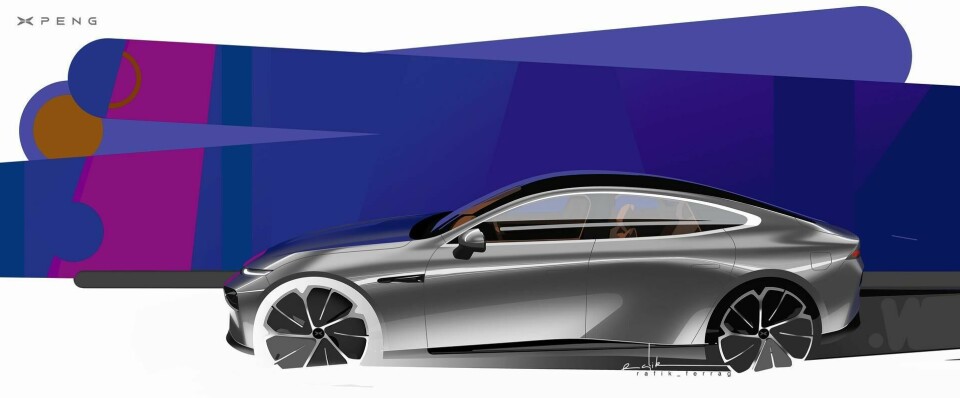
?UMBRACO_MACRO macroAlias="RTEImage" image="548349" caption="The P7 – a sedan influenced by sports car styling" lightbox="1" position="left" size="large-image" ?
CDN: What was the thought process in developing the exterior design? What were the major steps of design development? What are its key characteristics?
XPeng: “In the initial development phase, we studied the trade-off of sports car styling versus the opulence of ample interior space.
“In China, sports car models have little popular appeal to the majority of consumers – not because people reject sports car styling, but because they dislike cramped interiors.
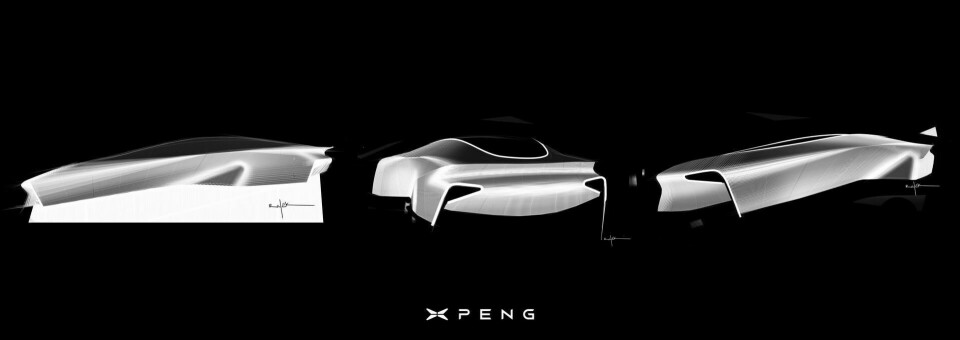
?UMBRACO_MACRO macroAlias="RTEImage" image="548360" caption="Initial sketches exploring form and surfacing" lightbox="1" position="left" size="large-image" ?
“From the start, we set ourselves a high bar. We wanted this model to offer both ample, opulent interior space and the stylish profile of a sports car. We fully appreciate that Chinese customers prioritise space and comfort. Ultimately, the car has to strike a balance between practicality and aesthetics, to capture public appeal.
“We sought to express the ever-changing interplay of light and shade over the curves of the exterior profile, and express vitality through the modulation and transition of light along the coachwork.”
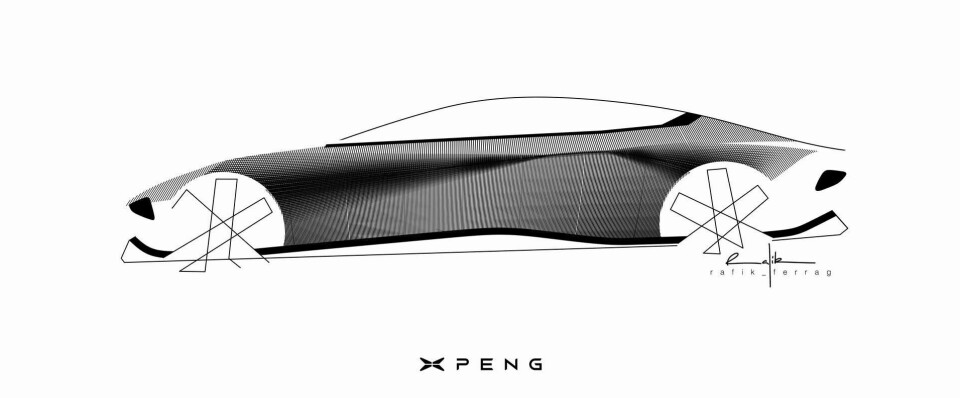
?UMBRACO_MACRO macroAlias="RTEImage" image="548348" caption="Diagram of the P7’s profile and surface modelling – each designed to keep the eye moving across the car" lightbox="1" position="left" size="large-image" ?
“To achieve this, we repeatedly refined the silhouette and modified the styling to project a sense of motion and natural form through the bodywork, which reflects a vivid play of light and colour.
“To emphasise the dynamic impression of a coupé on the road, we lowered the P7’s silhouette and moved the A-pillar further back to complement the dynamic side profile, with a fastback harmonised to balance the strong sense of motion in a coupé with ample internal space.
“We believe the P7 strikes a strong balance between a roomier interior and the dynamic forward thrust of a coupé design.”
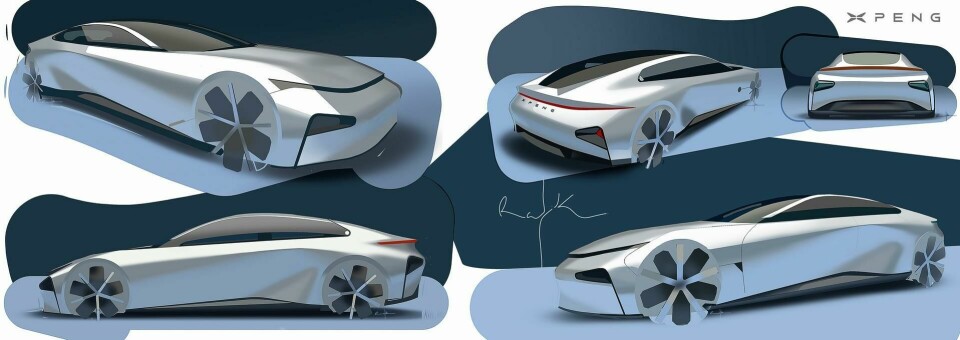
?UMBRACO_MACRO macroAlias="RTEImage" image="548362" caption="More advanced sketches showing interplay of forms and surfaces" lightbox="1" position="left" size="large-image" ?
CDN: What features make the front ‘face’ of the car distinctive?
XPeng: “The lightsaber inspiration for running lights – already featured in XPeng’s earlier model G3 – is even more pronounced and well-articulated in the P7, whose front and rear running lights are longer and slimmer, creating a distinctively futuristic feel. This shape makes signals even more expressive – Lightsaber 2.0 is born.

?UMBRACO_MACRO macroAlias="RTEImage" image="548359" caption="‘Lightsaber’ running lights and radar controlled headlights" lightbox="1" position="left" size="large-image" ?
“Front and rear lamps speak the language of light, conveying signals and expressing the emotional content of the design. The P7 interacts with its owner through light. Light becomes a medium to communicate emotions, and intelligently interact with perception.”
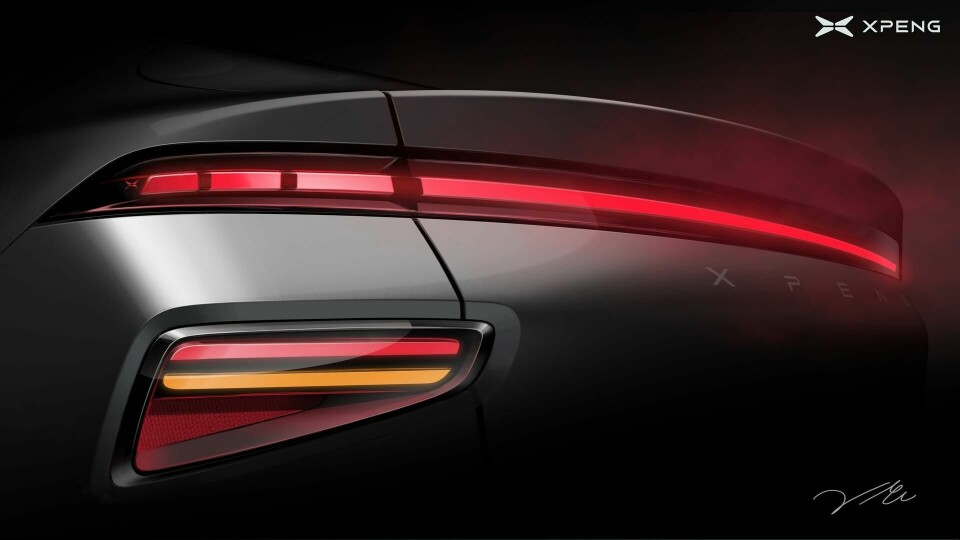
?UMBRACO_MACRO macroAlias="RTEImage" image="548372" caption="Taillights and rear fascia; ‘lightsaber’ theme continues at the rear" lightbox="1" position="left" size="large-image" ?
“The futuristic styling of the headlamps is inspired by robotic sensors and lightsabers, creating the focus for the minimalist front fascia. The sidelights resembling lightsabers form a stark contrast to the headlamps inspired by robotic sensors. These lighting effects combine to create the P7’s unique facial expression.”



